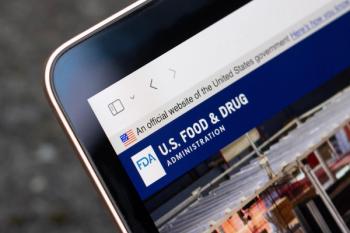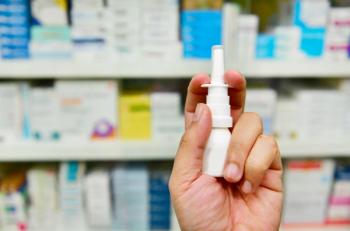
5 Things About Meal Delivery Programs to Improve Health
The cost of food insecurity in excess healthcare costs has been listed at $77 billion a year. Implementing meal delivery programs to improve health outcomes and lower costs has gained traction nationwide. Here are 5 things to know.
The cost of food insecurity in excess healthcare costs has been listed at $77 billion a year. As a result, implementing meal delivery programs to improve health outcomes and lower costs has gained traction nationwide. Here are 5 things to know.
1. Food programs keep those on Medicare and Medicaid out of the emergency department
A study published in Health Affairs narrowed in on the
By keeping the patient population out of the ED, the meal programs also led to decreased medical spending. Taking into account the cost of the program, those participating in the medically tailored meals program saved $220 per month. While those participating in the nontailored meal program saw less savings, they still came out with $10 of savings per month.
2. Food programs improve transition outcomes following discharge from the hospital
In Maine, the Maine Medical Center and the Southern Maine Agency on Aging collaborated to provide medically appropriate meals to Medicare patients transitioning from the hospital through
Of the 622 patients who participated in the meal delivery program, the 30-day readmissions rate was 10.3% for all-cause readmissions, compared to 16.6% at baseline. Cost savings associated with lower readmissions totaled $212,160.
3. They provide nutritious meals and a sense of community
Efforts nationwide have been launched to not just address food insecurity but to also address it with healthy options. Last year,
MANNA, a Philadelphia-based organization,
The menu includes medically appropriate meals to help those who have short-term nutritional risk or acute nutritional risk, offering 11 different diet modifications, such as: low-lactose, low spice, and a soft diet for those with poor dentition. Each week, when the meals are delivered, participants are greeted by a friendly and familiar face and are asked about their health.
4. They reach the isolated and the poor
Mobile food banks,
According to Feeding America, rural counties make up 79% of the worst food insecurity rates. The West Alabama Food Bank serves 9 rural counties where more than 15% of the residents fall below the federal poverty line and where some counties have just 3 grocery stores.
5. There’s now a way to pay for meals
With increased recognition of the importance of addressing food insecurity also comes a way to pay for it. In May, CMS finalized a rule that allows Medicare Advantage plans to be reimbursed for supplemental benefits that can enhance health outcomes, like providing specialized meals. The rule came after Congress passed the CHRONIC Act, which allowed Medicare to pay for these social supports.
Newsletter
Stay ahead of policy, cost, and value—subscribe to AJMC for expert insights at the intersection of clinical care and health economics.








































